Proper Techniques for Flossing
Brushing your teeth twice a day is important, but there are places between your teeth that trap bits of food and plaque, a sticky film of decay-causing bacteria. It’s difficult, often impossible, for toothbrush bristles to do a good job cleaning these usually tight spaces between teeth. Dental floss is an “interdental cleaner” that can help keep these tooth surfaces clean and helps reduce the likelihood of tooth decay. Begin by choosing a brand of floss that displays the American Dental Association’s Seal of Acceptance. The seal is your assurance that the product has met the ADA’s criteria for safety and effectiveness.
ㅤ
1. Break off about 18 inches of floss. Wind most of it around one middle finger. Wind the remaining floss around the same finger on the other hand. This finger takes up the floss as it is used.
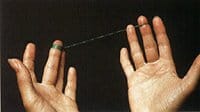
2. Hold the floss tightly between your thumbs and forefingers. Guide the floss between your teeth, using a gentle rubbing motion. To avoid injuring your gums, never snap the floss between the teeth.
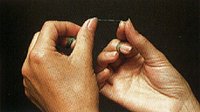
3. When the floss reaches the gumline, curve it into a “C” shape against one tooth. Gently slide it into the space between the gum and the tooth.
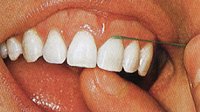
4. Hold the floss tightly against the tooth. Gently rub the side of the tooth, moving floss away from the gum using an up-and-down motion.
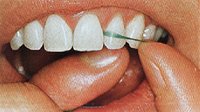
5. Repeat this method on the remaining teeth. And don’t forget to floss the back of the last tooth. Rinse thoroughly to remove loosened plaque and debris.
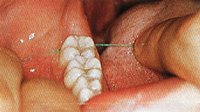
If you have difficulty handling the floss, you may find it helpful to use a floss holder or other interdental cleaners, which include special picks, sticks or narrow brushes that reach between teeth. To keep your smile healthy, brush twice a day, floss daily, follow a balanced diet, limit snacks and see your dentist regularly.




